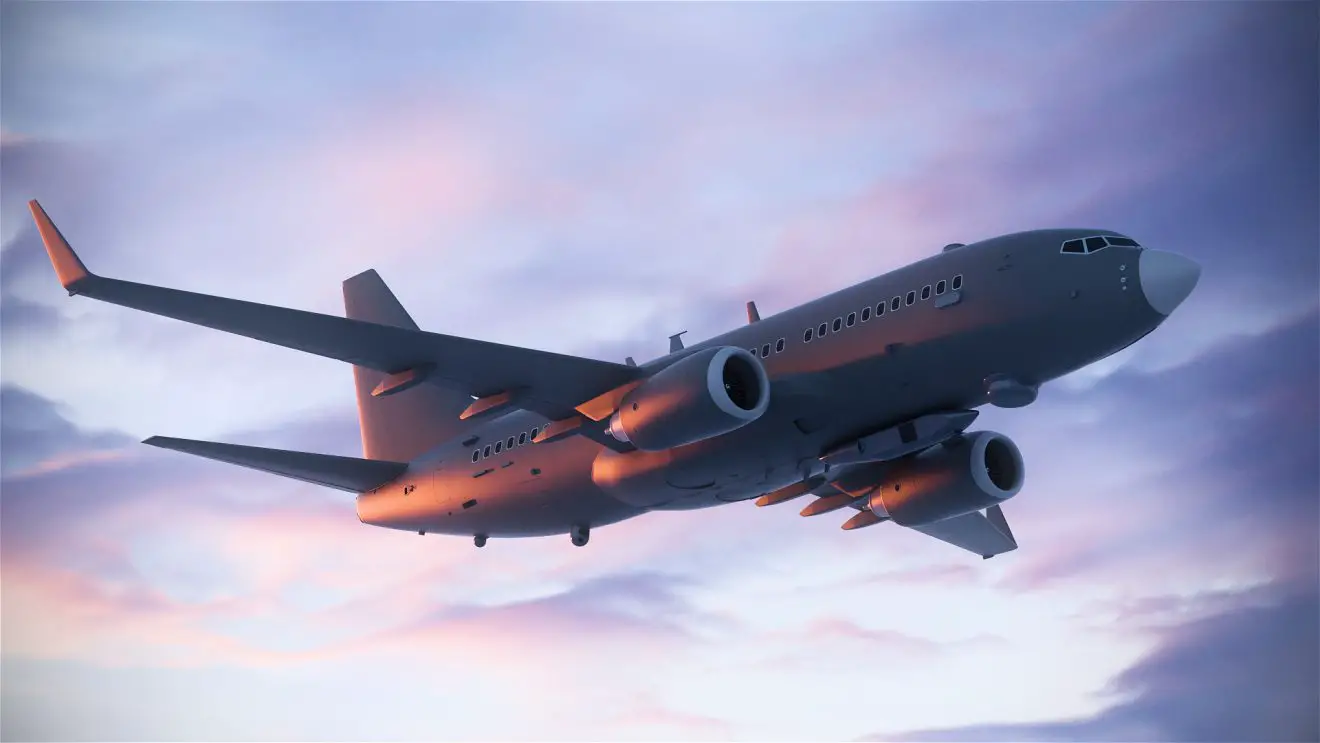Elbit Systems has unveiled the Air Keeper, a revolutionary airborne system designed to integrate Intelligence, Surveillance, Target Acquisition, and Reconnaissance (ISTAR) capabilities with Electronic Warfare (EW) functionalities on a single platform. Achieving aerial superiority is key to winning armed conflicts. It’s a vital objective, but not an easy one to attain. Modern military forces need top-notch systems that can handle a variety of threats, including ground and surface-to-air missiles, electronic warfare, and GPS jammers. Elbit Systems’ advanced equipment is essential for them to stay ahead in complex combat situations. Moreover, the modern battlefield is characterized by asymmetric warfare and low-intensity conflicts, with time critical moving targets, large protecting area, that are challenging to pinpoint. There’s also a growing need for a real-time intelligence that comes from multiple sources across the entire electromagnetic and VISINT spectrum. It’s all about staying updated and informed from various angles in today’s complex security environment.
“The solution features premier products, mostly from Elbit Systems, that are also available individually. This modular approach is a significant aspect, providing the flexibility to meet the unique requirements of different customers. Historically, reconnaissance and electronic warfare attack required separate aircraft: one for identifying the target and another for initiating countermeasures. This meant using two aircraft, and as a result, the closure of the operational loop from sensor to soft-kill was considerably slower. We are constructing layers of ELINT (Electronic Intelligence), COMINT (Communications Intelligence), VISINT (Visual Intelligence) and RADAR, combining them to form a unified real-time image on the display. This image can then be transmitted to central command centers through satellite communication, making sure they have the same detailed view as observed on the aircraft. We also incorporate defense systems as self-protection jammers, chaff and flare dispensers and DIRCM (Directed Infrared Counter Measures) for electronic protection,” explains Izik, VP of NAVAL EW & ISR A/Cs Business Line at Elbit Systems’ ISTAR & EW division.
In addition, conventional intelligence (passive ISR aircraft) gathering aircraft do not carry soft-kill EW measures and are thus less effective in closing the sensor-to-shooter loop by sharing information and communication relay. Up until recently, these capabilities functioned independently, offering distinct responses on separate monitors for each component. Although reliable, the rapid evolution of modern warfare and continual technological advancements indicate that isolated solutions for each aspect of aerial superiority might soon be outdated. At Elbit Systems’ ISTAR & EW division, customers now have access to an advanced one-screen solution that integrates all these elements – the Air Keeper. Elbit System’s innovation stands out in its ability to seamlessly coordinate diverse components. It ensures co-existence for each system, sensor, and radar to operate smoothly and efficiently, without interfering with one another, it also enables bi-directional connection to an EW ground control center via satellite to provide the decision-makers with a complete, real-time, uninterrupted intelligence picture of the arena.
At times of peace, this solution can essentially serve as an intelligence collector, building a comprehensive situational picture through continuous border flights. In principle, the Air Keeper avoids the need to cross borders or enter missile-threatened areas. In times of conflict, the primary role of the Air Keeper shifts to targeting for offensive forces. For example, when a missile battery is detected, the aircraft first identifies it. Following this, it can act by initiating procedures to neutralize the threat. This enables other assets to safely enter the Anti-Access/Area Denial (A2/AD) zone and eliminate the threat with reduced risk. The Air Keeper sensors are smoothly integrated via the Multi Mission system (MMS) application, offering operators a consolidated situational awareness display. Using this application, operators can identify targets and select from a range of electronic engagement strategies, such as disrupting communications or jamming signals.












